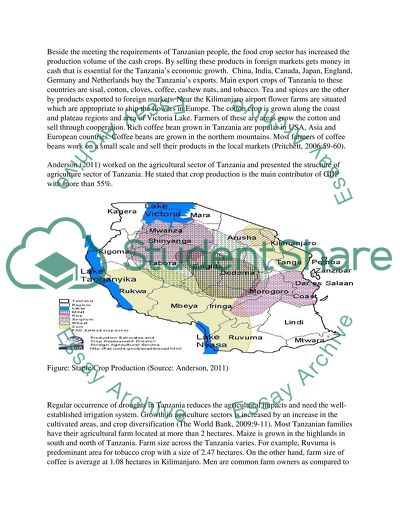Cite this document
(“Food Security in Global setting- Sustainable food plan for Tanzania Essay - 1”, n.d.)
Retrieved de https://studentshare.org/sociology/1614710-food-security-in-global-setting-sustainable-food-plan-for-tanzania
Retrieved de https://studentshare.org/sociology/1614710-food-security-in-global-setting-sustainable-food-plan-for-tanzania
(Food Security in Global Setting- Sustainable Food Plan for Tanzania Essay - 1)
https://studentshare.org/sociology/1614710-food-security-in-global-setting-sustainable-food-plan-for-tanzania.
https://studentshare.org/sociology/1614710-food-security-in-global-setting-sustainable-food-plan-for-tanzania.
“Food Security in Global Setting- Sustainable Food Plan for Tanzania Essay - 1”, n.d. https://studentshare.org/sociology/1614710-food-security-in-global-setting-sustainable-food-plan-for-tanzania.


